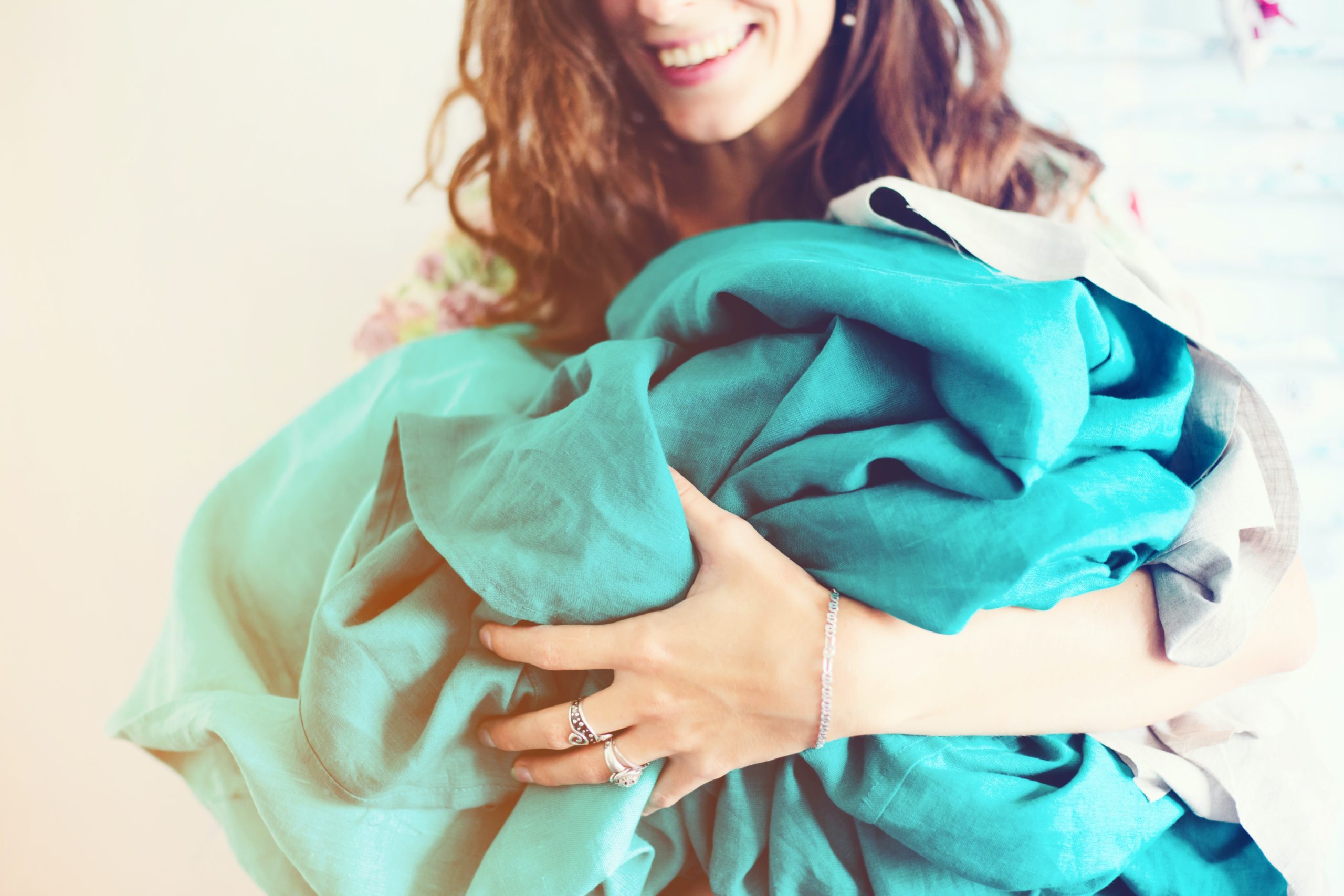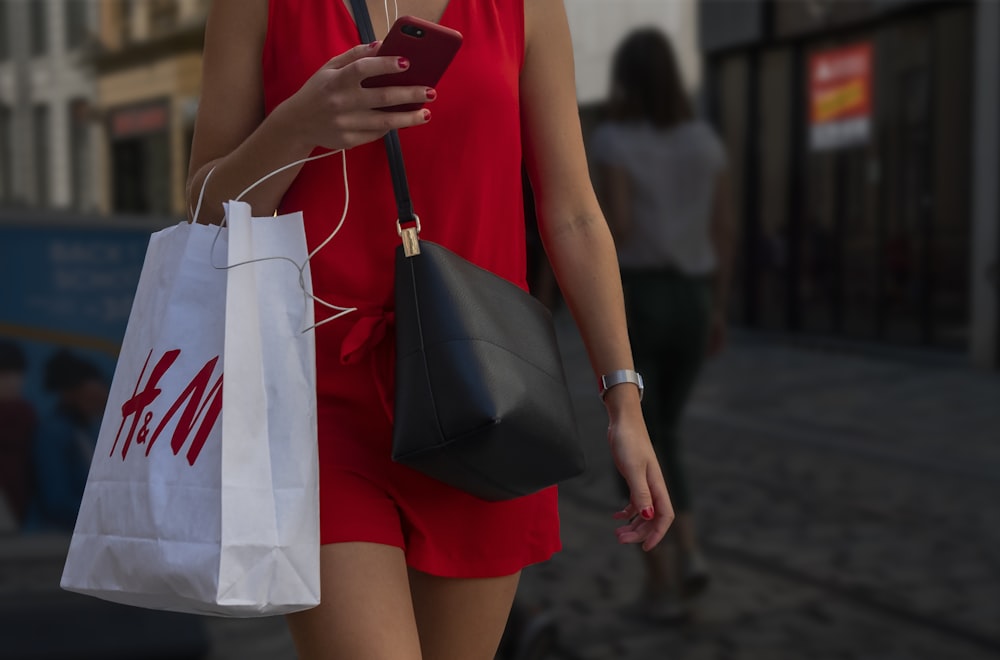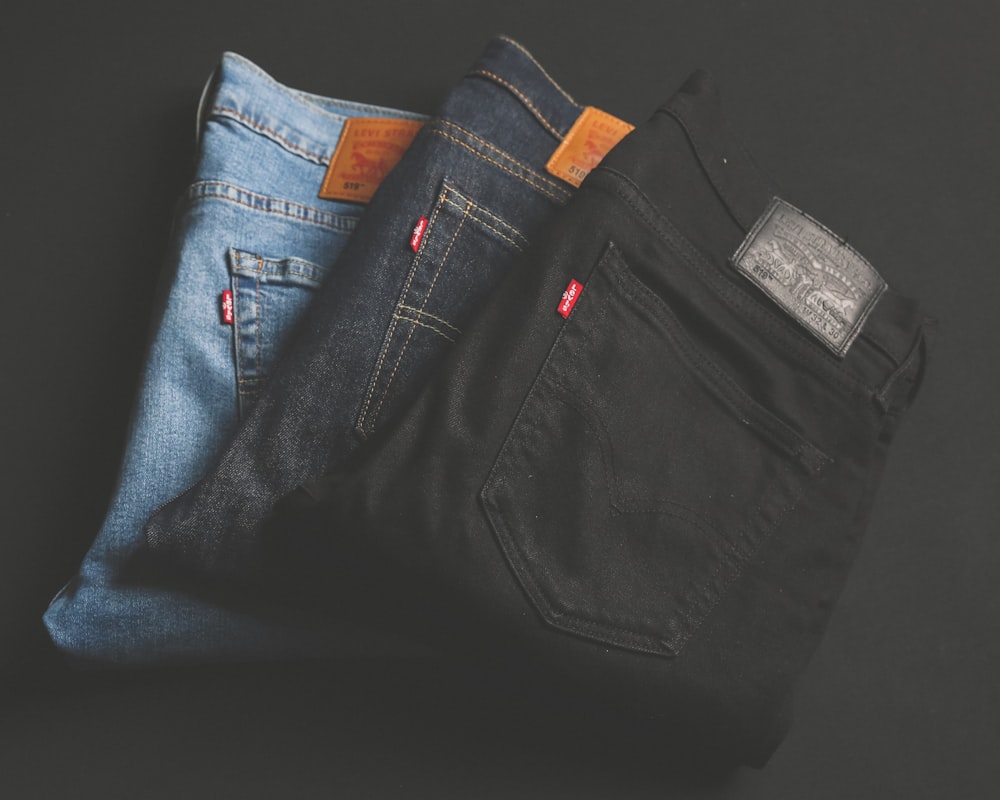5 Fashion Brands with Textile Recycling Programs

Sustainable fashion! What popped in your head after reading that? Of course, it plays a key role in making our Planet Home a cleaner, healthier place to live by reducing water use, carbon emission, and textile waste. However, if we’re being honest, other common thoughts attached to sustainable fashion are expensive, inaccessible, and harder to find. What makes fast fashion so attractive is not necessarily their actual garments (looking at you “Fridays We Be Like.. Squad Goals but First Coffee” -esque graphic tees), but the affordability and prevalence that they have acquired by cutting corners in their supply chains.

One way that this dichotomy between fast and slower fashions is changing is through recycling programs. The details vary from brand to brand, but, in general, these programs take back textiles in order to close the loop on their production and extend the lifespan of their raw materials. Some even offer an incentive to make it an exchange rather than a simple donation, such as a coupon for a future purchase. By putting the old clothes back into the supply chain, their production becomes more circular, resulting in less waste. What is special about these programs is that any type of fashion brand can implement them, even fast fashion.
Being more sustainable with your fashion can seem like an intimidating journey that is difficult to know where to begin. To help you get started, here are some cool programs to look into for when you are ready to clear out that closet and extend your clothing’s lifespan.
Levi’s
Levi’s recycling program focuses on their hero product – their denim. They partner with Cotton’s Blue Jeans Go Green to accept any old pairs of jeans and shred them to turn them into housing insulation. Then to top it all off, they give you a 20% discount on one item. This is a creative way to recycle and give new purpose to old garments, but hopefully, their program expands to include textiles from their full catalog. Levi’s also has Levi’s Secondhand, their buyback program that sells pre-owned Levi’s products that are sold back to them in exchange for gift cards. This program extends the life of clothes which reduces CO2 emissions and textile waste. Aside from their old products, they have reworked their production of new products to reduce their water usage by over 90%.

Madewell
Madewell also partners with Cotton’s Blue Jeans Go Green to buy back used denim and offers a $20 discount on a new pair of jeans. They also have a resell platform through ThredUp, the Madewell Archive, where you can browse pre-owned jeans as a way to reuse those textiles. If recycling and reusing isn’t your thing, you can also bring in worn Madewell denim to their stores for mending, patching, and other fixes, as a way to give your jeans a longer life.
Girlfriend Collective
This brand stands out for using unconventional materials, such as recycled plastic water bottles and fishing nets, to create their products. Their recycling program, ReGirlfriend, bolsters their claim to sustainability and circular production by bringing the customer into the loop by inviting them to give back their old Girlfriend products, regardless of quality, and receive $15 off their next purchase. Their page about the program also has a video that educates and explains their reasoning. A unique aspect of the program is the option to mail old garments to them, increasing the accessibility of the program, especially during the pandemic.
Patagonia
They are a fashion brand known for their connection to the environment and dedication to sustainability. This does not stop at their recycling and returns. Rather than just promote recycling directly back to them, they have pages explaining how to extend the life of their products in order to get the most out of them. There are also pages on unique ways to reuse their products and convert them into something else. Donating old products is just one option, however, they only offer the “satisfaction of knowing that your old Patagonia clothing will not end up in a landfill or an incinerator” in exchange for doing this. As a brand, they also have sustainable options for new clothes, such as garments made with eco-friendly materials, like their Yulex wetsuits, and Worn Wear, their used product marketplace.

Reformation
Reformation is at the forefront of sustainable fashion. Their recycling program is a partnership with thredUP where you can either choose to sell or donate your old clothes. There is a quality barrier for selling, but they accept any quality for donations. If you choose to sell, you will receive Reformation credit for future purchases. If you donate, thredUP donates $5 to the Circular Fashion Fund, which seeks to increase the circularity of fashion production.
It is reassuring to see these types of programs coming from different areas of fashion because teamwork and intersectionality are essential to the environmental movement. Going forward, it is important to keep this pressure on fashion brands to continue to grow their recycling programs. We need to maximize the synergy of brands and customers working together to protect Planet Home. To play your part in sustainable fashion, you can do things like support sustainable brands and shop secondhand. However, actions like consuming less and extending your clothing’s lifespan have greater impact and longer lasting effects.


Leave a Reply